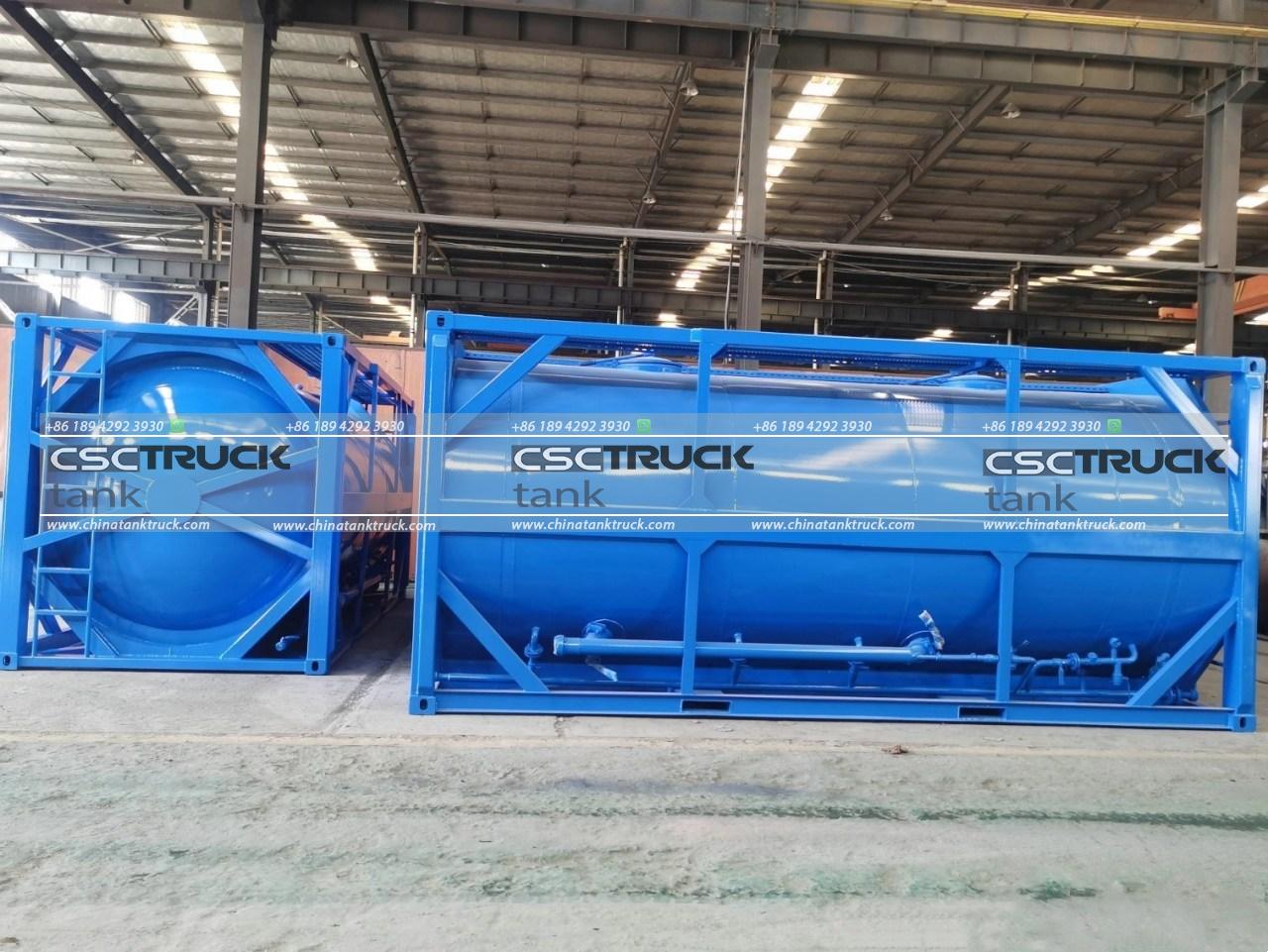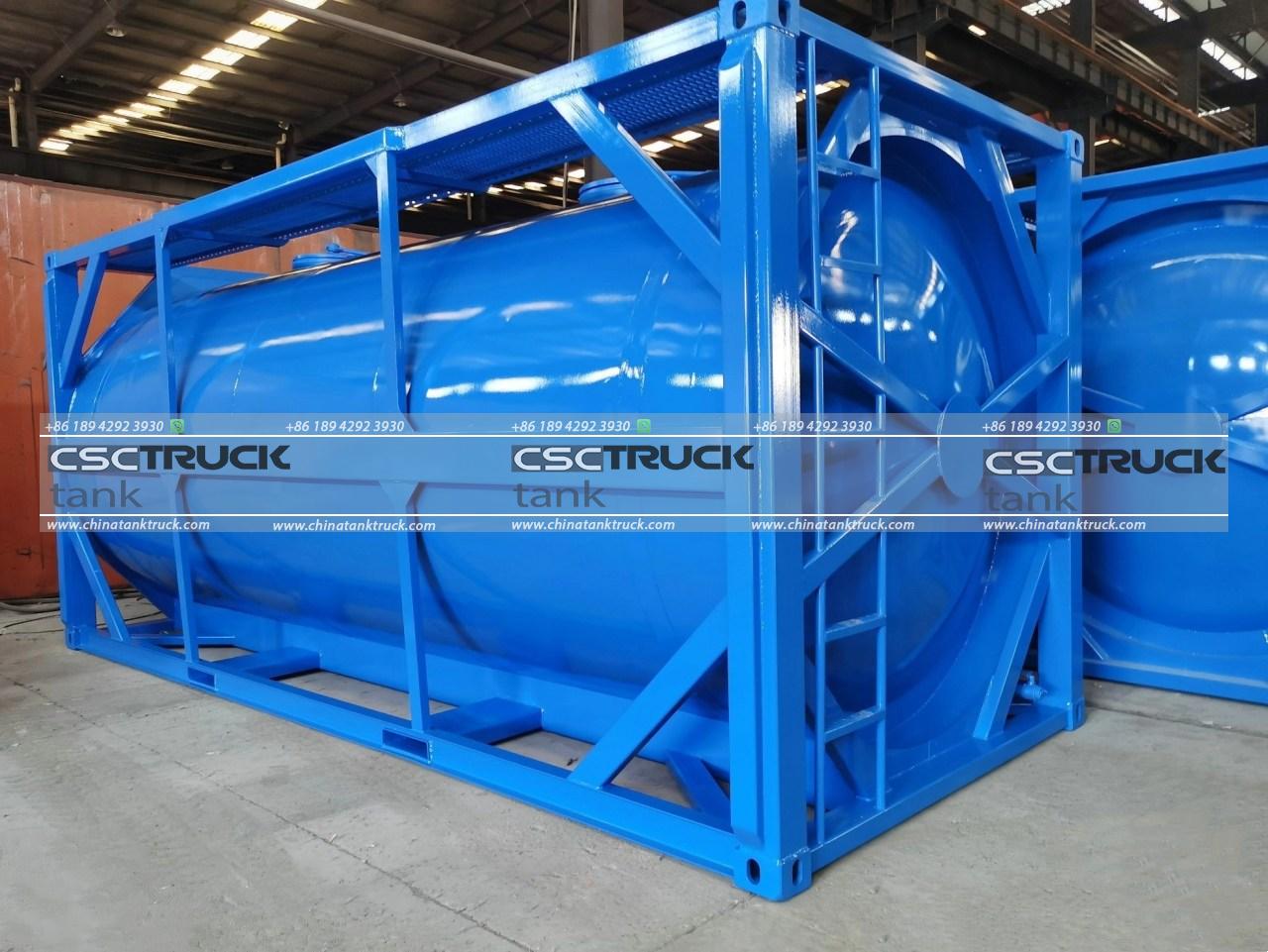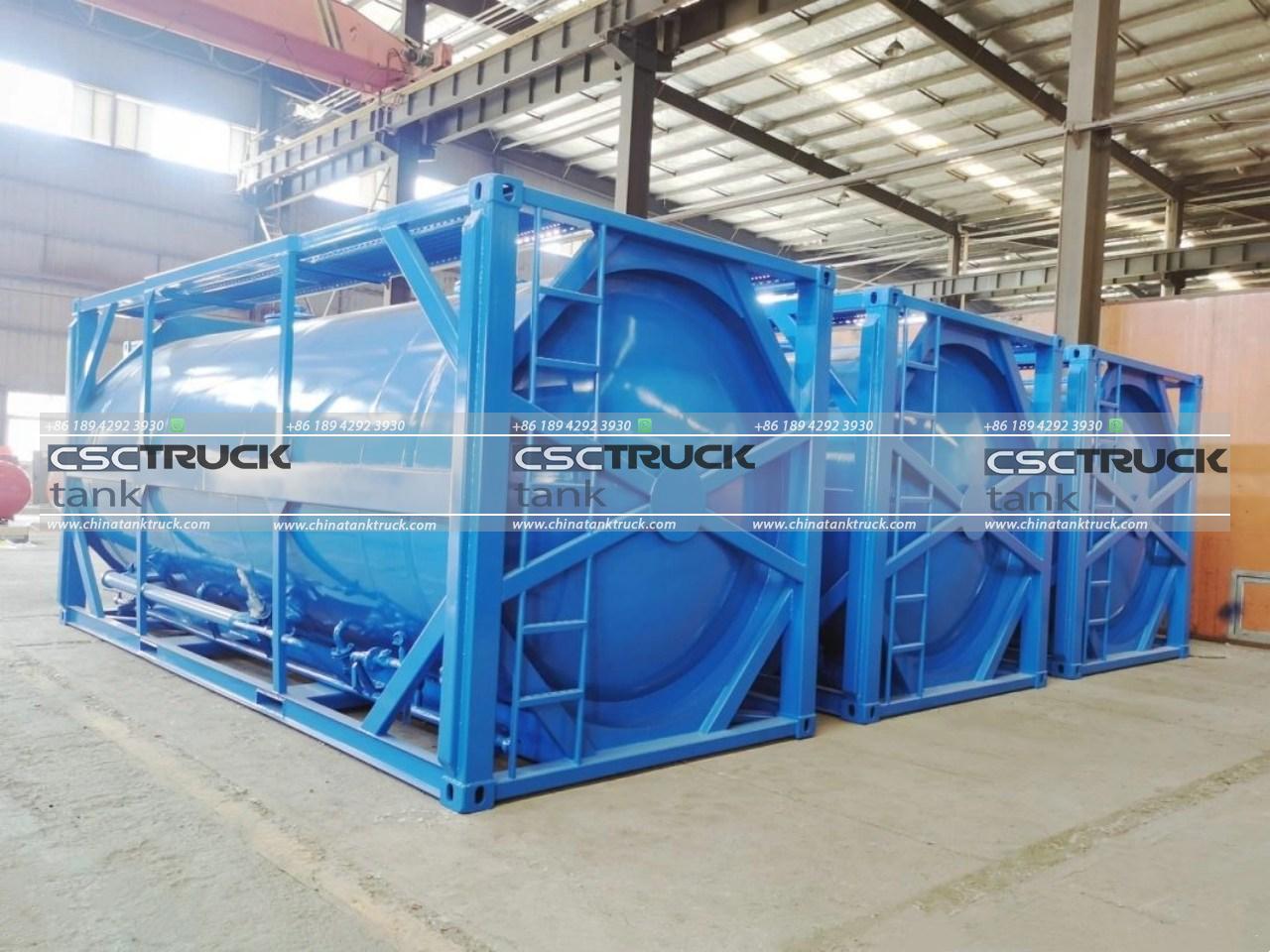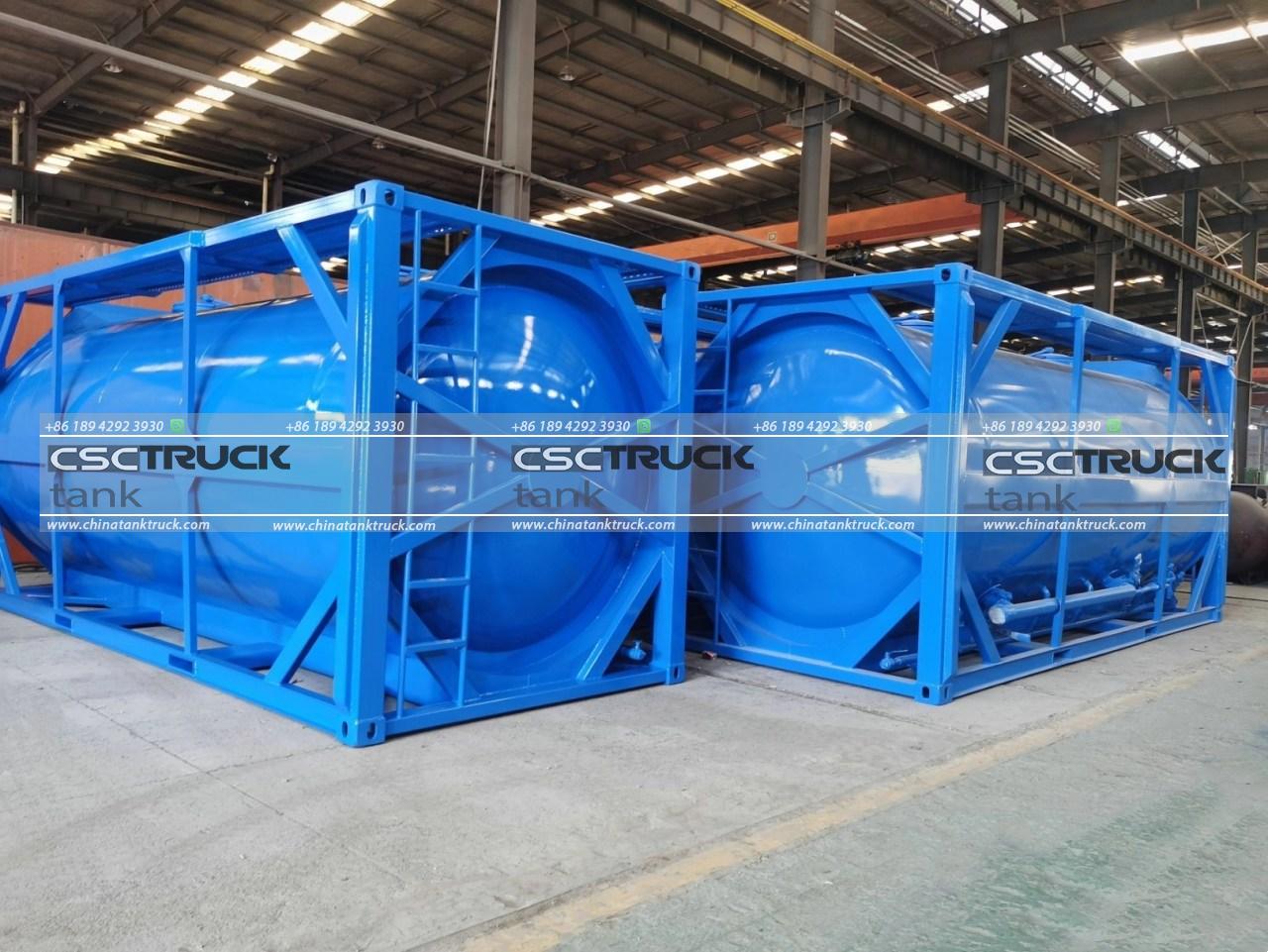What is the Standard ISO Pressure?
The International Organization for Standardization (ISO) sets guidelines and specifications across various industries to ensure quality, safety, and efficiency. One such standard is related to pressure measurements and is often referred to as the “ISO Pressure Standard.” While ISO pressure standards cover a wide range of applications, the term “standard ISO pressure” is typically linked to definitions, reference conditions, and calibration procedures that apply to industrial, scientific, and mechanical systems.
Understanding ISO and Its Role
ISO is a global organization that develops and publishes international standards for products, services, and systems. ISO standards are designed to ensure that processes and products are safe, reliable, and consistent across international borders. ISO pressure standards are crucial because pressure measurements are fundamental in various fields, including manufacturing, energy production, transportation, and research.
The term “standard ISO pressure” can be somewhat ambiguous because there are numerous ISO standards that address different aspects of pressure. These standards may define measurement units, calibration techniques, and reference conditions. One of the most commonly referenced standards in this context is ISO 1000, which standardizes the International System of Units (SI), including pressure units.

ISO 1000 and SI Pressure Units
ISO 1000 establishes the use of the International System of Units (SI) for scientific and engineering purposes. The SI unit of pressure is the Pascal (Pa), named after Blaise Pascal, a French mathematician, physicist, and philosopher. One pascal is defined as one newton per square meter (N/m²). For practical applications, the pascal is often used in its multiples, such as the kilopascal (kPa), the megapascal (MPa), or even the bar (where 1 bar = 100 kPa).
When referencing the “standard ISO pressure,” it typically refers to a particular value or condition set as a reference. For example, standard atmospheric pressure is commonly used as a reference in many ISO standards and is defined as 101.325 kPa (1 atmosphere) at sea level. This reference pressure is used as a baseline for comparing different systems and for calibrating equipment.
ISO 5167 and Flow Measurement
Another widely cited standard related to pressure is ISO 5167, which deals with flow measurement using pressure differential devices. This standard specifies the requirements for the design, installation, and use of orifice plates, nozzles, and Venturi tubes, all of which are used to measure the flow of fluids by creating a pressure drop. The pressure measurements obtained from these devices are crucial for determining flow rates in pipelines and other systems.
ISO 5167 defines specific parameters such as the upstream and downstream pressure points, the permissible deviation in pressure measurements, and the conditions under which these measurements should be taken. This ensures consistency and accuracy in flow measurements across different industries and applications.

ISO 17025 and Calibration of Pressure Measurement Devices
ISO 17025 is another relevant standard when discussing ISO pressure standards. This standard specifies the general requirements for the competence of testing and calibration laboratories. It is essential for laboratories that perform calibration of pressure measurement devices, such as pressure gauges, transducers, and barometers.
ISO 17025 ensures that calibration procedures are carried out accurately and consistently, adhering to defined reference conditions. The standard covers aspects such as traceability of measurements, which means that any pressure measurement can be traced back to a recognized national or international standard. This is vital for ensuring the reliability of pressure measurements in critical applications like aerospace, pharmaceuticals, and energy production.
ISO 4126 and Pressure Relief Systems
Pressure relief systems are another area where ISO standards play a crucial role. ISO 4126 is the standard for safety devices that prevent overpressure in equipment and systems. This standard specifies the requirements for safety valves, bursting discs, and other pressure relief devices that ensure safety and protection against pressure-related hazards.
ISO 4126 outlines the necessary pressure settings and performance criteria for these devices to function effectively. It ensures that the devices activate at a defined pressure and can relieve excess pressure without causing damage to the system. Adhering to this standard is essential for ensuring the safe operation of pressure vessels, boilers, and other equipment that operates under pressure.

ISO 2533 and Reference Atmosphere
ISO 2533 is another standard that deals with pressure in the context of the Earth‘s atmosphere. This standard defines the “standard atmosphere,” a set of reference conditions that include temperature, pressure, and density of air at various altitudes. The standard atmosphere is used as a reference in various fields, such as aviation, meteorology, and fluid dynamics.
The standard atmospheric pressure at sea level, as defined by ISO 2533, is 101.325 kPa (or 1 atmosphere). This value serves as a baseline for calculating pressure changes with altitude and is used in designing and testing aircraft, calibrating altimeters, and understanding atmospheric phenomena.
Applications and Importance of ISO Pressure Standards
ISO pressure standards have widespread applications across numerous industries:
1. Manufacturing and Process Industries: ISO pressure standards are used to ensure that pressure vessels, pipelines, and other equipment operate within safe pressure limits. This prevents accidents and improves the efficiency of manufacturing processes.
2. Energy Sector: In the oil and gas industry, precise pressure measurements are essential for maintaining the integrity of pipelines and storage facilities. ISO standards ensure that pressure measurements are accurate and consistent.
3. Aerospace and Automotive: ISO standards help ensure that pressure systems in aircraft and vehicles function correctly, contributing to safety and performance.
4. Scientific Research and Environmental Monitoring: Pressure standards are used in laboratory settings to ensure the accuracy of experimental data and in environmental monitoring to measure atmospheric pressure variations.

Conclusion
The “standard ISO pressure” is a multifaceted concept that can refer to several different ISO standards, depending on the context. ISO has established numerous standards that define units, measurement techniques, calibration procedures, and reference conditions related to pressure. Some of the most relevant standards include ISO 1000 for SI units, ISO 5167 for flow measurement, ISO 17025 for calibration, ISO 4126 for pressure relief systems, and ISO 2533 for reference atmospheres.
Adhering to these standards ensures that pressure measurements are accurate, reliable, and consistent, which is essential for safety, quality, and efficiency in many fields. Understanding the role of ISO pressure standards helps industries maintain best practices and achieve compliance with international guidelines, ultimately promoting global interoperability and safety.

